I tried next code (it shows similar results in Google Chrome and nodejs):
var t = new Array(200000); console.time('wtf'); for (var i = 0; i < 200000; ++i) {t.push(Math.random());} console.timeEnd('wtf');
wtf: 27839.499ms
undefined
I also runned next tests:
var t = []; console.time('wtf'); for (var i = 0; i < 400000; ++i) {t.push(Math.random());} console.timeEnd('wtf');
wtf: 449.948ms
undefined
var t = []; console.time('wtf'); for (var i = 0; i < 400000; ++i) {t.push(undefined);} console.timeEnd('wtf');
wtf: 406.710ms
undefined
But in Firefox all looks fine with the first variant:
>>> var t = new Array(200000); console.time('wtf'); ...{t.push(Math.random());} console.timeEnd('wtf');
wtf: 602ms
What happens in V8?
UPD * magically decreasing performance *
var t = new Array(99999); console.time('wtf'); for (var i = 0; i < 200000; ++i) {t.push(Math.random());} console.timeEnd('wtf');
wtf: 220.936ms
undefined
var t = new Array(100000); t[99999] = 1; console.time('wtf'); for (var i = 0; i < 200000; ++i) {t.push(Math.random());} console.timeEnd('wtf');
wtf: 1731.641ms
undefined
var t = new Array(100001); console.time('wtf'); for (var i = 0; i < 200000; ++i) {t.push(Math.random());} console.timeEnd('wtf');
wtf: 1703.336ms
undefined
var t = new Array(180000); console.time('wtf'); for (var i = 0; i < 200000; ++i) {t.push(Math.random());} console.timeEnd('wtf');
wtf: 1725.107ms
undefined
var t = new Array(181000); console.time('wtf'); for (var i = 0; i < 200000; ++i) {t.push(Math.random());} console.timeEnd('wtf');
wtf: 27587.669ms
undefined

